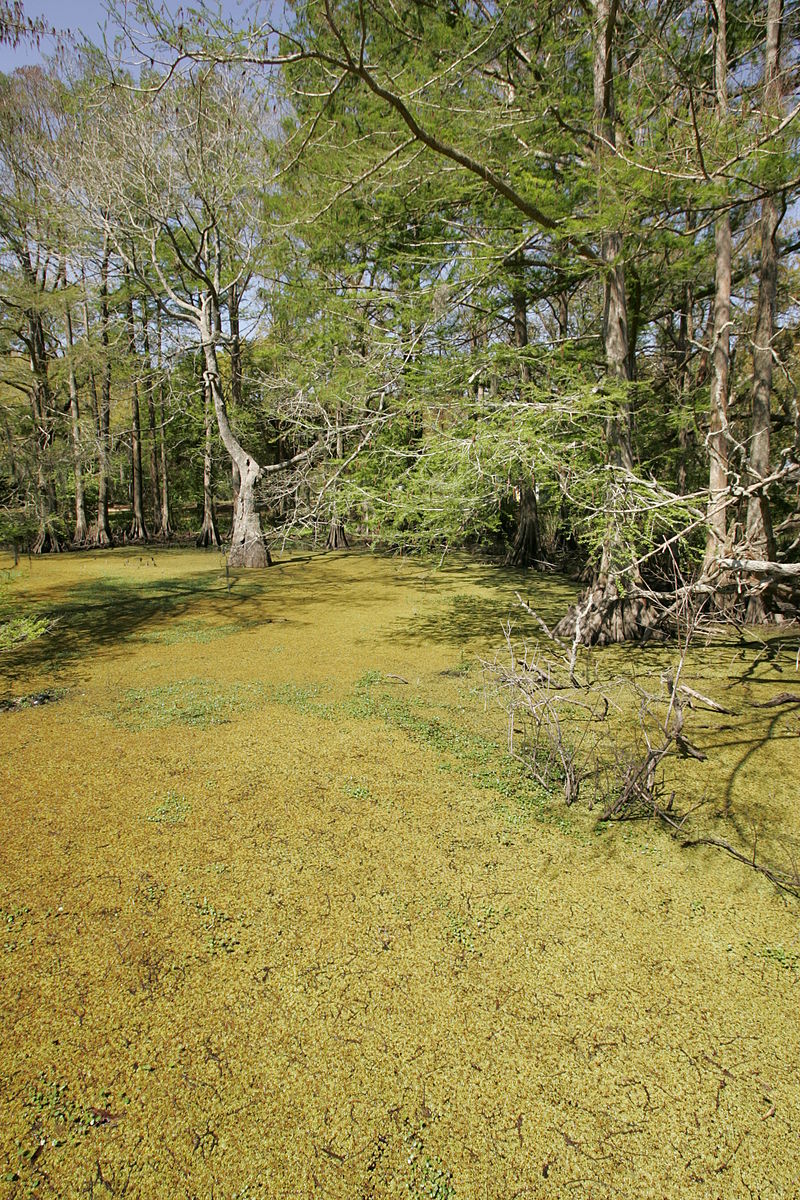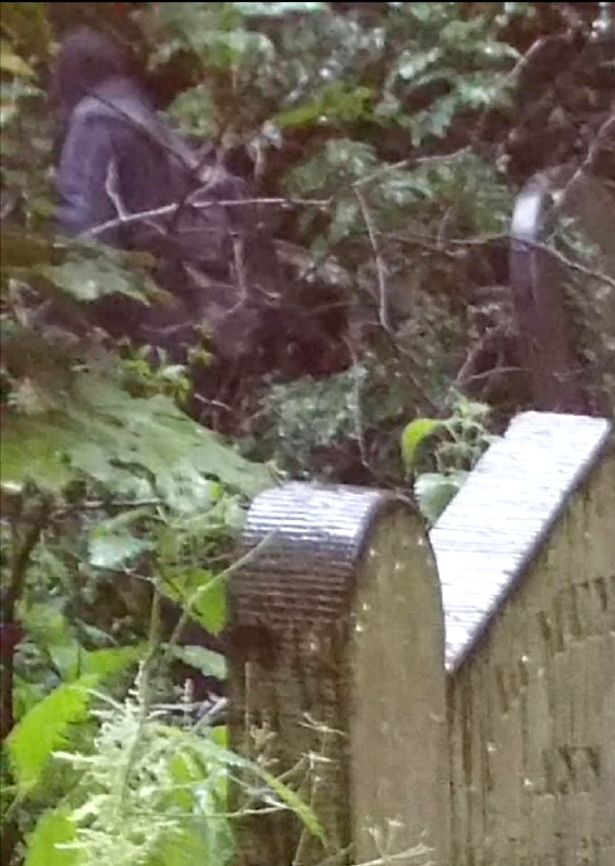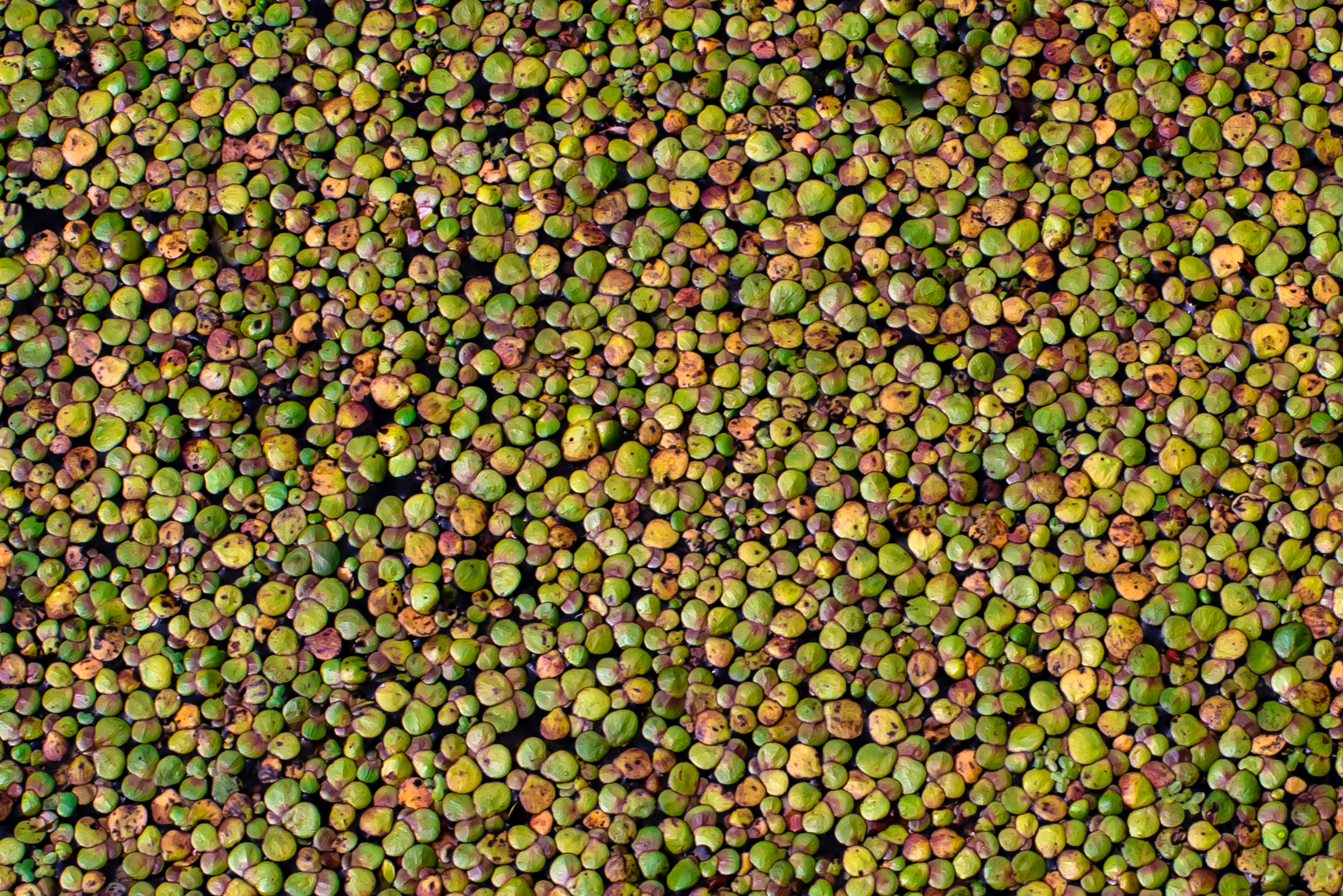Stories of malicious water spirits seeking to drown the unwary that approach the water are common the world over, and my home county of Lancashire is no different. Although now an old story many younger people are no longer familiar with, many older Lancashire residents recall childhood warnings about the danger of Jenny Greenteeth. My mum recounts that as a child, my grandfather would call her ‘Jenny Greenteeth’ if she had neglected to brush her teeth that morning. Further research found that this interpretation of the legend was common in northwest Lancashire, distinct from the more sinister stories of Jenny originating in Merseyside and south Lancashire.
The south Lancashire version of Jenny Greenteeth is usually described as a malevolent water hag with green, mottled skin, long hair and sharp, pointed teeth. Lurking out of sight beneath beds of duckweed in ponds, canals or gravel pits, she would attempt to drown children or the elderly that strayed too close to her, dragging them into the water and out of sight. Once a victim succumbed to drowning, Jenny would proceed to devour them. Other stories describe her perching in the upper branches of trees at night, although this may be due to a mistranslation as ‘Jenny Hewlet’ is an old folk name for an owl that originates in Northern England.

The name Jenny Greenteeth is closely linked to Lancashire, particularly the southwest part of the county as well as the city of Liverpool. Similar names are recorded in neighbouring counties, particularly Cheshire, where she is called Ginny or Jeannie Greenteeth or simply ‘Wicked Jenny’. Her description and behaviour is notably similar to that of the grindylow, another water spirit closely linked to Northern England. Tales of similar malicious aquatic beings are found worldwide, including the Japanese kappa, Australian bunyip and Scottish kelpie.
Jenny Greenteeth is closely associated with bodies of water covered in duckweed, to the point that her name is an old-fashioned term for the common water plant in Lancashire. Forming dense beds that covers the surface of ponds, duckweed can look like solid ground to the unwary, particularly children. It is likely the story of Jenny Greenteeth originated as an effective means of keeping children scared to approach water, and away from the very real danger that duckweed-choked ponds and gravel pits pose.
Jenny Greenteeth returned to the public consciousness in 2018, described as a ghost that haunts the St James’ Cemetery in Liverpool. An Australian tourist, drawn to the cemetery by the number of reported sightings on Facebook of supernatural activity in the cemetery, took a photograph which she claims depicts a long-haired figure standing in an area of the cemetery overgrown with weeds and nettles. She was convinced that the figure was not there when she took the picture. Many locals were quick to claim that the photograph depicted Jenny Greenteeth, and that the story of the name of the sinister water witch had originated in that part of the city, either as the name of a witch that lived nearby or a homeless woman with rotten teeth that lived in a small shack in the cemetery.

While it may be true that the name itself is inspired by a real woman, the creature known as Jenny Greenteeth almost certainly shares her origin with that of the wide variety of ‘drowners’ found in folk tales worldwide: a means of warning children away from bodies of water, as well as possibly an attempt to explain accidental drownings.

5 Comments